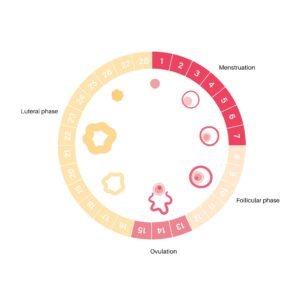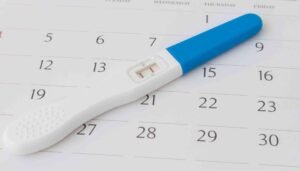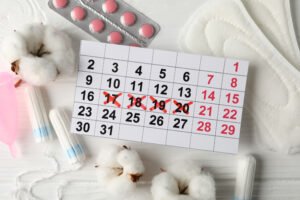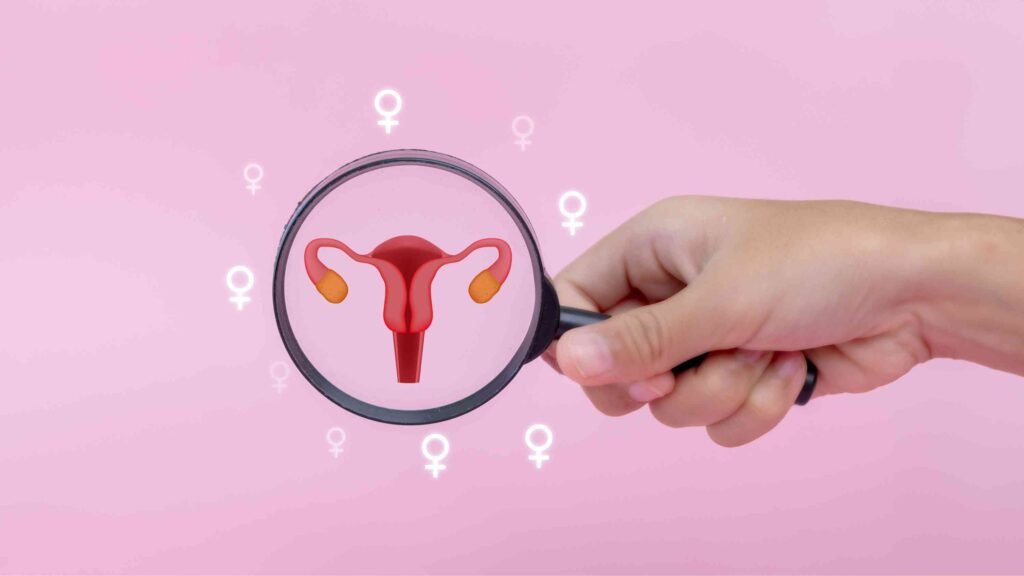Understanding the Fertility Window: When Is the Best Time to Conceive?
Trying to start or grow a family can be one of the most exciting—and sometimes, frustrating—journeys of your life. One common question that comes up for many couples is: “When is the best time to try for a baby?” While the answer isn’t always straightforward, understanding your fertility window can significantly boost your chances of conception.
In this guide, we’ll break down what the fertility window really is, how it works, how to track it, and what you can do to maximize your chances of getting pregnant. Whether you’re just starting to think about kids or have been trying for a while, this blog is here to help you get the clarity (and maybe the baby!) you’re looking for.
What Is the Fertility Window?
Let’s kick things off by demystifying what we mean by the fertility window. In simple terms, this is the period in your menstrual cycle when you’re most likely to conceive if you have unprotected sex.
Most experts agree that the fertility window spans about six days: the five days leading up to ovulation and the day of ovulation itself. That’s because sperm can live inside a woman’s body for up to five days, and an egg remains viable for about 12 to 24 hours after it’s released. So, if sperm are already in place when the egg drops—or arrive shortly after—you’ve got the best chance of a successful meeting.

Why Timing Matters: Understanding Ovulation?
To understand your fertility window, you need to get a solid grasp of ovulation. Ovulation is the process in which your ovary releases a mature egg, ready for fertilization. For most women, this happens about midway through their menstrual cycle—around day 14 if you have a 28-day cycle.
But let’s be real: not everyone runs on a textbook schedule. Cycles can vary from 21 to 35 days, and factors like stress, travel, illness, or changes in routine can throw your ovulation date off a bit. That’s why it’s helpful to learn how to track your own unique patterns (more on that soon!).
Here’s the key takeaway: Your fertility window is centered around ovulation. Pinpointing when that occurs gives you valuable insight into your best days to try for a baby.
Signs You’re in Your Fertility Window
So how do you know when you’re actually in that sweet spot?
While everyone’s body is different, there are a few telltale signs to watch for:
- Changes in cervical mucus:
During your fertile days, cervical mucus becomes clear, stretchy, and slippery—kind of like raw egg whites. This texture helps sperm travel more easily toward the egg. - Mild pelvic or abdominal pain:
Some women feel a slight twinge or cramp on one side of the abdomen around the time of ovulation. This is called mittelschmerz, and it can be a helpful clue. - Increase in basal body temperature (BBT):
Your resting temperature rises slightly after ovulation. While this method tells you ovulation has already occurred, charting your BBT over several months can help predict when it usually happens. - Heightened sense of smell or libido:
Subtle signs like increased sex drive or sharper senses can occur during this time, driven by hormonal changes. - Positive ovulation test:
At-home ovulation predictor kits (OPKs) detect a surge in luteinizing hormone (LH), which happens 24 to 36 hours before ovulation. A positive test can be your cue to start trying.

How to Track Your Fertility Window Accurately?
Tracking your fertility window doesn’t need to be overwhelming. Here are a few ways to make it easier and more accurate:
1. Calendar Method
This involves counting the days of your cycle and estimating ovulation based on past patterns. While it’s simple, it assumes your cycles are regular, which isn’t always the case.

2. Basal Body Temperature (BBT) Charting
You’ll need a special BBT thermometer and some patience, as you’ll take your temperature every morning before getting out of bed. Over time, you’ll notice a pattern that shows when you tend to ovulate.
3. Ovulation Predictor Kits (OPKs)
These work like pregnancy tests, detecting the LH surge in your urine. They’re widely available and can be especially helpful if your cycles vary in length.
4. Cervical Mucus Monitoring
Once you learn to recognize changes in your cervical mucus, this method can be surprisingly reliable. Just be sure to check consistently at the same time each day.
5. Fertility Tracking Apps
Technology to the rescue! Many apps now use a combination of data—cycle length, BBT, symptoms, and test results—to predict your fertility window with decent accuracy. Some popular choices include Clue, Flo, and Natural Cycles.
Lifestyle Factors That Impact Your Fertility Window
Even if you know when your fertility window is, other factors can influence whether conception actually happens. Here are some key areas to focus on:
Nutrition
Eating a balanced, nutrient-rich diet can support hormone balance and reproductive health. Think leafy greens, whole grains, lean protein, and plenty of water. Folate (or folic acid) is especially important if you’re trying to conceive.
Weight
Being significantly over- or underweight can affect your hormone levels and ovulation patterns. Aim for a healthy BMI to help your cycles stay regular.
Stress
Chronic stress can throw off your menstrual cycle. Easier said than done, we know—but finding ways to unwind (like yoga, meditation, or even just laughing with a friend) can go a long way.
Sleep
Getting enough rest is vital for hormonal regulation. Aim for 7–9 hours per night to support your overall well-being.

Exercise
Moderate, consistent exercise can improve circulation, mood, and hormone balance. But don’t overdo it—intense training can sometimes interfere with ovulation.
When to Have Sex During Your Fertility Window?
Here’s where timing really comes into play. If you’re trying to conceive, it’s ideal to have sex during the days leading up to and including the day of ovulation.
In fact, research suggests that the two days before ovulation are your most fertile. Having sex every day or every other day during this window can optimize your chances.
You might be wondering, “Should I wait for a positive OPK test or go with the calendar method?” Honestly, combining both can give you a more complete picture. Don’t stress about being perfect—just aim to catch those key days when your body is at its most fertile.
Common Myths About the Fertility Window
Let’s bust a few myths that often float around:
Myth 1: You can get pregnant any time during your cycle.
Not quite. Outside of your fertility window, your chances drop dramatically. While pregnancy outside this window isn’t impossible, it’s far less likely.
Myth 2: Ovulation happens on day 14, no matter what.
This might be true for a textbook 28-day cycle, but many women ovulate earlier or later. Tracking your own cycle is far more reliable than assuming a one-size-fits-all approach.
Myth 3: You need to have sex multiple times a day to conceive.
Nope! Sperm can live for days in your body, so daily or every-other-day intercourse during your fertile days is enough.
Myth 4: Using lubricant helps sperm move faster.
Actually, many common lubricants can hinder sperm movement. If you’re using lube, look for fertility-friendly options.
What If You’re Not Getting Pregnant?
Sometimes, even with perfect timing, things don’t happen right away—and that’s okay. Many couples take several months to conceive, even when they do everything “right.”
Here’s a general rule of thumb:
- If you’re under 35 and have been trying for a year, it’s a good idea to consult a fertility specialist.
- If you’re over 35, check in after six months.
There could be underlying issues like PCOS, endometriosis, low sperm count, or hormonal imbalances that need to be addressed. Early intervention can make a big difference.

Final Thoughts:
Understanding your fertility window is a great way to take control of your reproductive health. But remember, you’re not a robot. Life, stress, and biology can all throw curveballs. Try to keep things light, communicate with your partner, and remember that this is a journey, not a sprint.
And hey, whether it takes a month or a year, knowing your body better is always a win. You’re doing your part—just keep the faith and stay curious about what your body is telling you.



